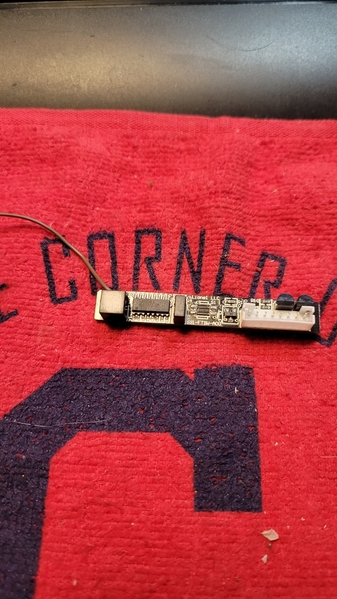After 10 years with no problems one of my Command Control switches is now exhibiting an odd behavior. It constantly switches to the diverging path. Even when I physically pull the switch straight it immediately fires the other way. I checked continuity across the 1 inch anti derail section and it's showing a connection. It's almost as if the plastic acting as an isolator isn't isolating. I am thinking of opening the gap on either side with a dremel. Or could there be something going on inside?
Replies sorted oldest to newest
The back plate could be shorting to the screw contacts. I've warned to insulate just because of this.
Hint- those screw terminals and the insulated rails for thru and straight are the same- hence how it could be showing shorted.
@Vernon Barry posted:One is that due to the metal cover over the bottom of the switch, the contacts internally inside the switch under that metal cover have nothing but an air gap between them and that metal cover. Sometimes from the factory those contacts and the associated wires are bent up and so when heavier weight or the switch is screwed down to the table presses the switch against that metal backing, contacts can and do short out. The fix was to then put some form of insulator between the metal cover and that line of contacts.
The second one and one I'm fighting at the club on one switch, is that because fastrack connection pins are not perfect and loosen over time and usage, I think I have an ground loss situation again, from flexing and weight of certain heavy trains (our table has foam base and cork roadbed) so there is tiny flex. The problem is, then Lionel Fastrack switches do have power and ground contacts in the terminals, however, factory they are connected inside by the thinnest possible PCV coated wire. So if you connect that to solve your problem and a derailment happens and burns that wire up, it releases HCI which corrodes everything in it's path. What I'm saying is, you can connect a wire to the terminal, however, knowing that the wire is very thin inside, ideally you either replace with heavier wire internally or provide a fuse, PTC, or some other safety current device in the path to prevent the damage if a short ever happens.
I'll check that out. Thanks








